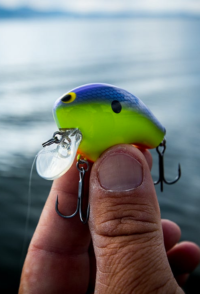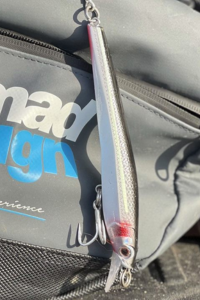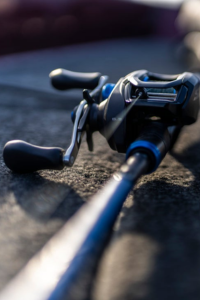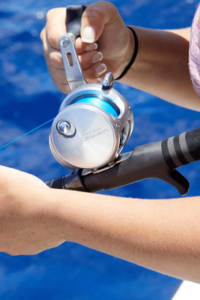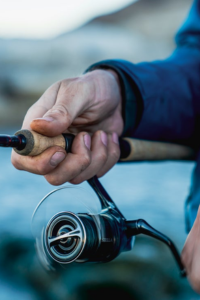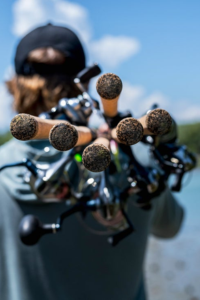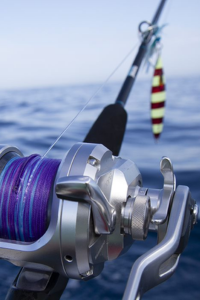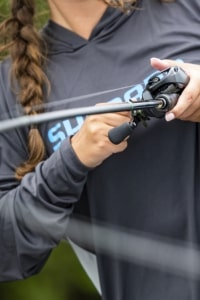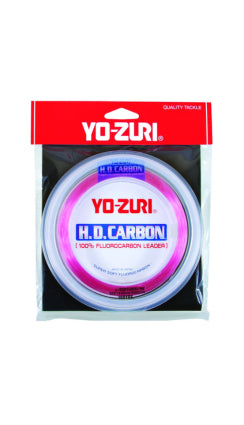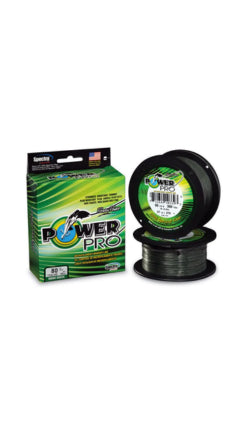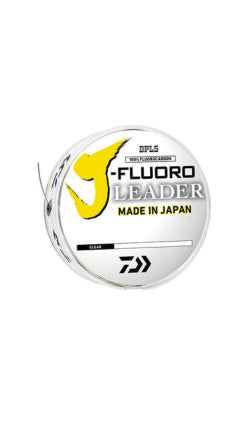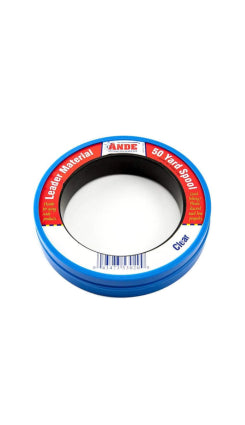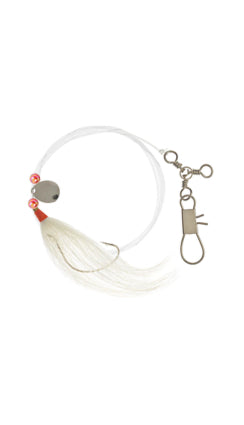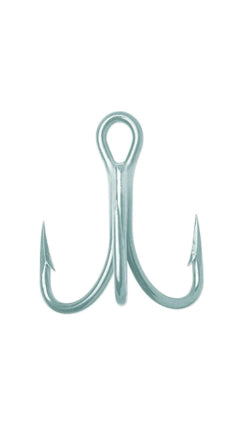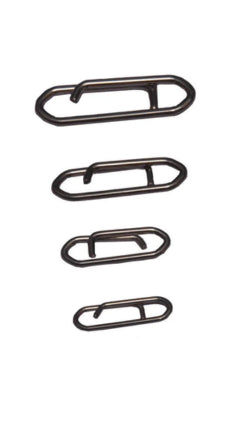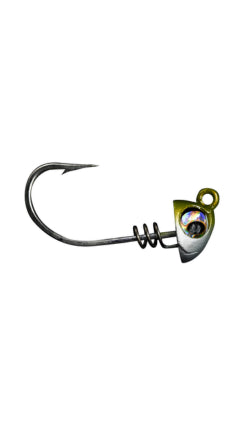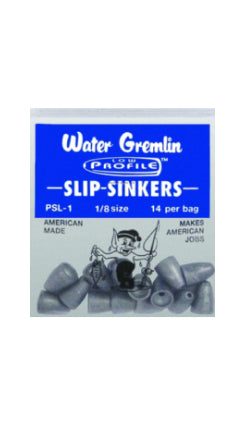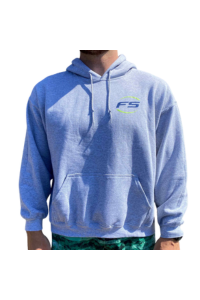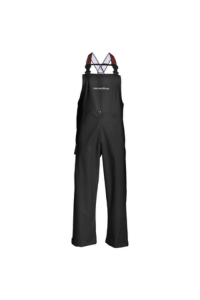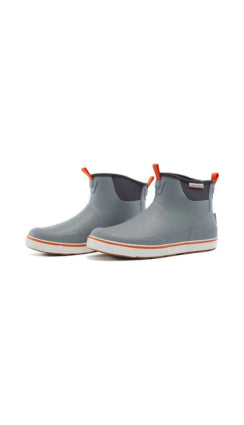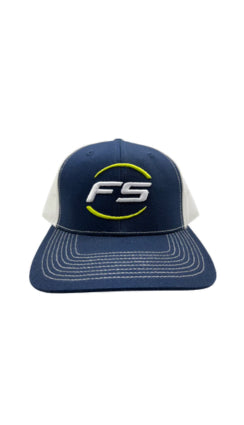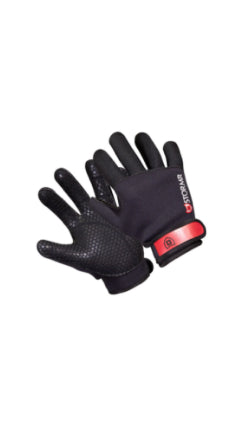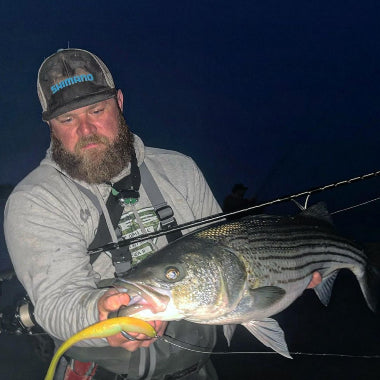In the last couple of years anglers have begun to stray away from the old school mentality of simply “putting fish in the boat”. Just to be clear, I am talking about the Raritan Bay/ New York areas specifically. However, the same can be applied anywhere from Maine to the Chesapeake. More and more anglers have taken to the water since the Covid pandemic, and naturally many have become hooked.
As tackle evolves at a rate faster than most can keep up with, social media shows us things at a rate that can not be comprehended. So we figure let's shed some light on the things people are “seeing”. Last year and the year before specifically, we noticed a major uptick in customers coming into the shop asking about large spooks, surface and diving metal lipped swimmers, soft plastics/paddle-tails, and of course…. the Nichols spoons. But we will get to that…
Fishing artificials from a boat requires an angler to comprehend how the physics at play relate to the presentation of the lure. Fishing a fixed point of land presents an opportunity to feel the exacts in terms of line pressure relating to retrieving a specific lure. This can be achieved from a boat, and with some time, you can fish ANY lure you love from the surf in a boat.
Metal Lipped Swimmers
The best example of this idea is fishing a metal lipped swimmer, perhaps my favorite offering from a fishing vessel. Incredibly popular from land with the surf crowd, a metal lip gets vicious strikes from our striped friends. With the prevalence of Bunker in our waters, they are an ideal option. You need pressure to properly fish a metal lip, so in a boat it is imperative for this plug to be retrieved in a certain way to have the “feel” and get the action required to draw strikes. For example, if you cast a metal lip down drift of the boat; unless the retrieve speed is fast anglers will have a tough time fishing this plug. There will be no current on the lip and thus no pressure on the plug.
At times, with diving “troller” styles this is exactly what I will do. Cast downtide and burn the plug back to the boat at an Albie retrieve speed. Most times, with diving or surface metal lip swimmers, I will be casting them against or perpendicular to the boat's drift so I can slow roll the bait (the tactic typically preferred for striped bass). The most important thing to note is striped bass are very moody and particular at times with how they feed and what presentation they want; so don’t be afraid to experiment. They are lazy often, but at times must be triggered into eating a plug or plastic. Don’t get stuck with what your grandpa told you to do, although typically he knows best.
When bass are actively moving bunker around, or in shallower water surface metal lips are the ticket. There is literally no cap on size here in my opinion. Have all sizes, but I generally fish the biggest baits I can. Seven to ten inch swimmers that push water and or wake on the surface are ideal. Backbay plugs offer an incredibly wide array of metal lips of all shapes sizes and running depths and are available at the shop. I fish A LOT of his stuff because they are weapons. He also makes giant plugs which I am a fan of. There are many many other options available and a lot of it is preference so i'll leave it at that.
Spooks
Topwater wise, you can not beat a large spook. I'll keep this section short and sweet. The Drifter tackle “Doc”, Jigging World “the Bone”, and Madd Mantis Plank are all large spooks available at the store. Again, there are endless options out there but one does not need anything else. All are bit different, but all draw strikes from the largest stripers around. The Doc is best in calmer water and has the widest walk. The Jigging World "Bone" is the loudest which at times is key, and holds pretty well in a chop. The Madd Mantis Plank is the biggest target and pushes some serious water. I really like a Shimano Saragosa or Twin Power 5000 on a Jigging World Black Widow 150 7’ for tossing all large plugs in the boat. This rod is short and LAUNCHES plugs. The action is unique and loads perfectly under the strain of a 30+ lb striper, keeping big fish pinned with large plugs equipped with treble hooks. When the fish are active, at times nothing beats a spook. They also can be used as effective search baits.
Soft plastics/rubber/ spoons
At times, stripers will be deeper in the water column. Sometimes they are glued to the bottom and need something right in their face to coax a bite. My favorite offerings in this instance are three fold…
If I go over really solid marks, I will jig flutter spoons. I stay with the Nichols spoons because they are the originals, but Ahern Tackle, Tsunami, Fat Cow and others have all come out with a flutter spoon of their own recently. Give them all a try and decide for yourself, that is half the fun of fishing artificials. There is a video on our youtube channel briefly showing and describing how I like to fish them, when, etc.
I really like a conventional baitcasting setup for this, and even a slow pitch type rod. Makes it easy to work the spoons, they are light, and very fun to fight fish on with enough power to still be ethical with fight times. Centaur, Jigging World, and Shimano all have viable slow pitch rods for this; 100-200 gram rods work well with 150g being my favorite. As for the reel top match, I prefer the Shimano Tranx or Daiwa Lexa 300 loaded with 20-30lb braid. This combo is hard to beat.
If the fish are deep but more scattered I like a paddle-tail/shad type bait, or a Dartspin. Favorites in shads are the Tsunami Tackle 7-9” Shads, Gambler EZ swimmers (jointed), and recently coming into favor for northeast anglers the NLBN (No Live Bait Needed) series of baits. They can be jigged, casted and retrieved and so on. All have their times, and all have their intricacies. The 3” NLBN and the 4” Hyperlastics Minwaow are also options not often considered in Raritan Bay and they should be. Considered a big bait area, there are tons of smaller baits around in early spring such as alewives and spearing. Whether the fish are feeding or not, a properly presented small bait will entice bites. I usually fish these on a 3/4 or 1 oz jig-head on a lighter 10-20 lb braid for a light presentation I can keep low in the water column.
When I go over marks at a slow speed, I slow down, cast into the wake as far as I can, let the bait sink and start a retrieval. Perhaps my favorite bait for this, especially in Raritan Bay, is a 7” Hyperplastic Dartspin. I usually employ a “snap jig” retrieve back to the boat, letting the bait fall and drift at times. This gives the willow blade on the tail end time to do it magic, spinning at rest sinking in the faces of picky stripers. When nothing else works the Dartspins do. I would say a paddle-tail/shad is a better search tool, but a Dartspin is a scalpel for dissecting picky fish. Absolute must have for Raritan bay. As far as colors go i stick with bunker, chartreuse, and whites for all aforementioned plastic baits. Usually 1.5-3 oz jig heads are the choice with 1.5oz being most utilized. The slower one can fish the bottom, the slower the bait can sink while maintaining ability to hold bottom the better. Important to note, straight tail baits like Gravity GT eels, MegaShads, Sluggos and the like all are great options as well on similar weight jig-heads.
The ability to use lighter, more enjoyable tackle and engage in what you are doing is what makes fishing artificial baits in a boat fun. Once you spend time leaving the trolling gear home, all new opportunities open up. Think outside the box, play around with jig-head weights, colors, sizes, actions etc. Eventually you will realize you can actually catch more fish this way and cover areas faster and more effectively bouncing around. The fishery is great right now and fish get accustomed to things they see often, so becoming proficient with different baits and thinking outside the box will put you at an advantage and keep things interesting. Hope everyone finds what they’re looking for in 2023 and remember to be respectful out on the water. Tight lines to all…..

